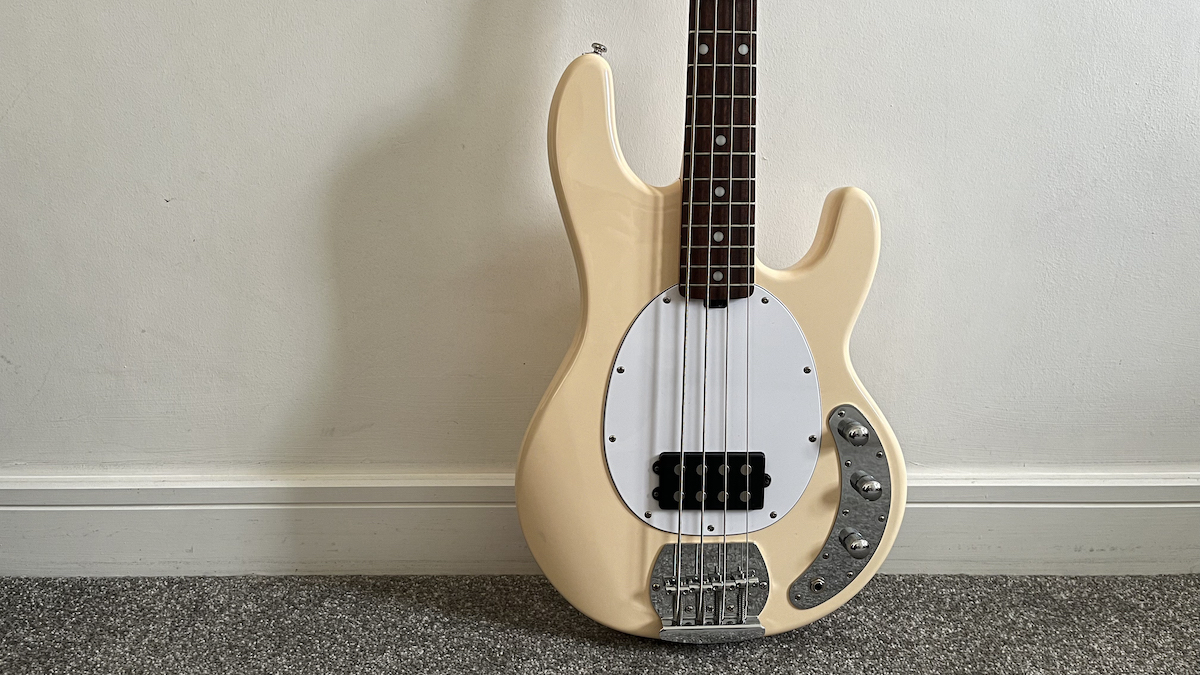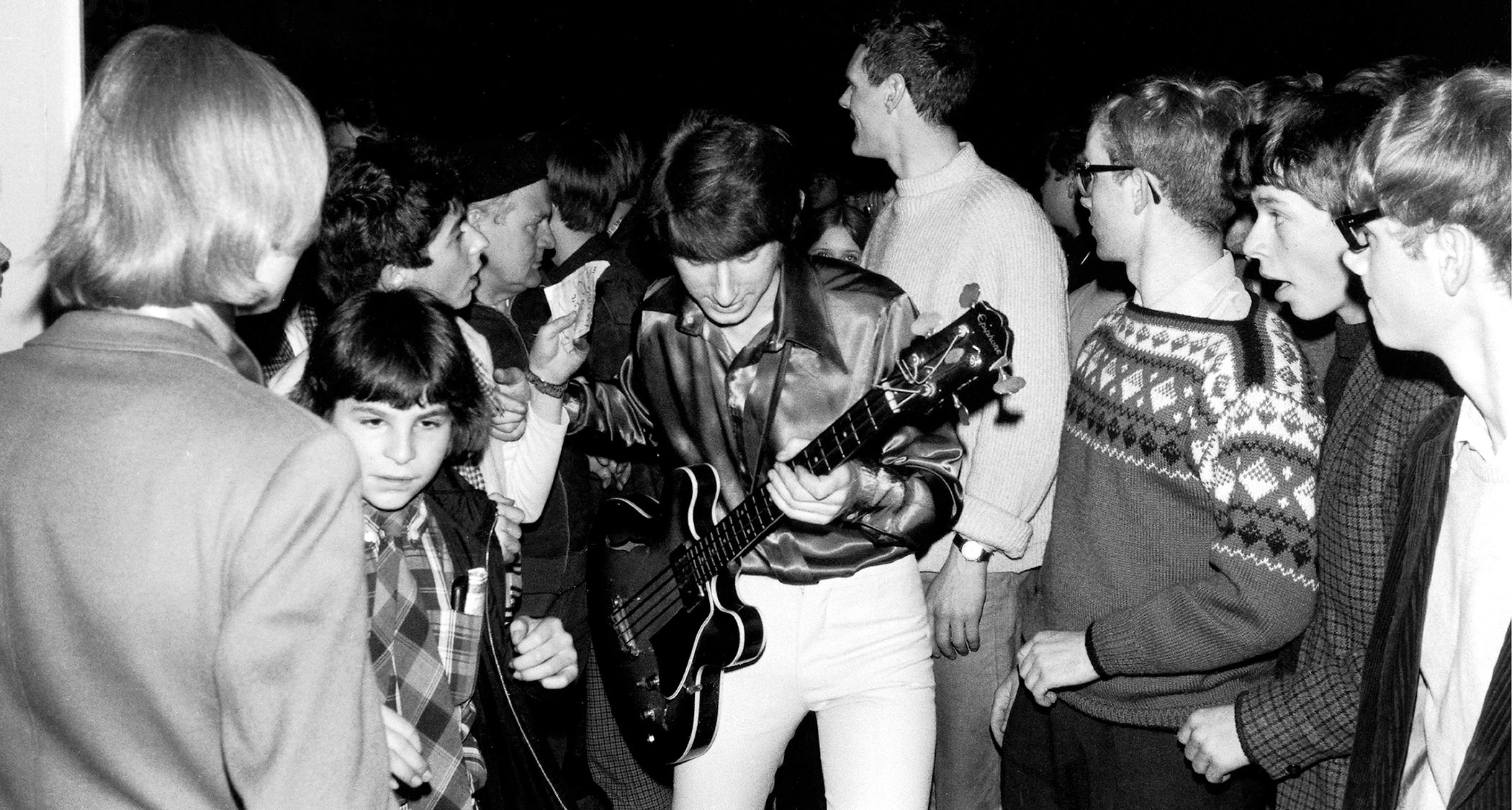Guitar World Verdict
A superb, budget-friendly bass, modelled on the legendary Music Man Stingray, that plays great and can cater to a range of musical styles.
Pros
- +
Punchy, powerful pickup
- +
Has a lot of the Stingray sound
- +
Versatile active EQ
- +
Good build quality
- +
Lightweight
Cons
- -
The tone might not be for everyone
You can trust Guitar World
The Sterling by Music Man SUB Ray4 is a more affordable take on the legendary Stingray bass guitar designed in 1976 by Leo Fender, Tom Walker, and Sterling Ball. In terms of aesthetics and sound, it’s very similar to its US-made counterpart, though the price tags look very different! This one is made in Indonesia with a basswood or jabon body (finish dependent), maple neck and either a maple or jatoba fingerboard.
It’s fitted with a ceramic humbucking pickup, and has the trademark 3+1 headstock and teardrop scratchplate. The Sterling SUB Ray4 also features an active two-band EQ section. There’s a knob that allows you to cut and boost bass frequencies, and one for treble. There’s then a volume control.
The bass feels instantly comfortable and has a lovely, smooth neck. It has a full 34” scale but it doesn’t feel particularly big. The neck is narrower than something like a Precision bass, coming in at 38mm at the nut, so those with smaller hands or guitarists making the transition to bass might find this easier play.
Sound & feel
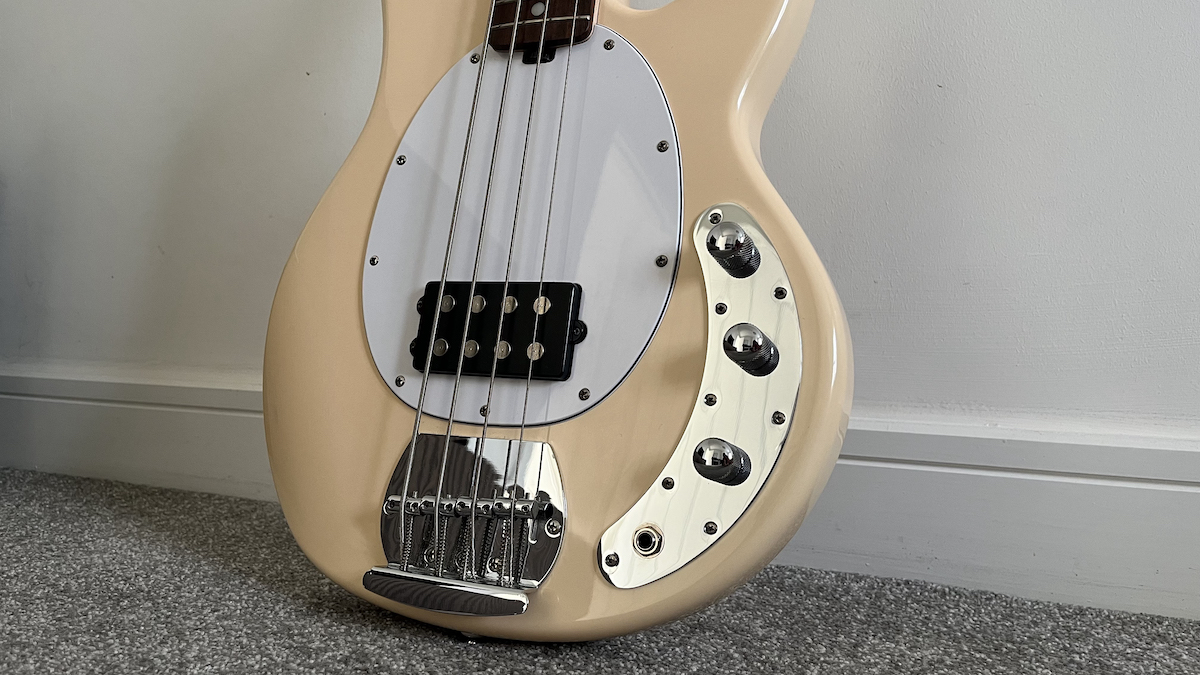
In terms of sound, the Ray4 delivers more than you might expect at this price point. It isn’t quite as refined as the full-fat American model, but it’s still got a lot of those Stingray characteristics. It’s powerful and punchy and it has that slight bump in the mids that helps give it a lovely, throaty roar when you push it.
Playing with a pick, or aggressively with fingers and both the bass and treble knobs boosted either a little, or a lot, it gives a tremendous rumble on the lower strings whilst remaining clear. It’s the sort of rumble you do want, not something that sounds muddy or muffled. There’s a nice attack to the notes; the pick sound is accentuated somewhat by the natural EQ of the pickup, but rest assured this isn’t a one-trick pony.
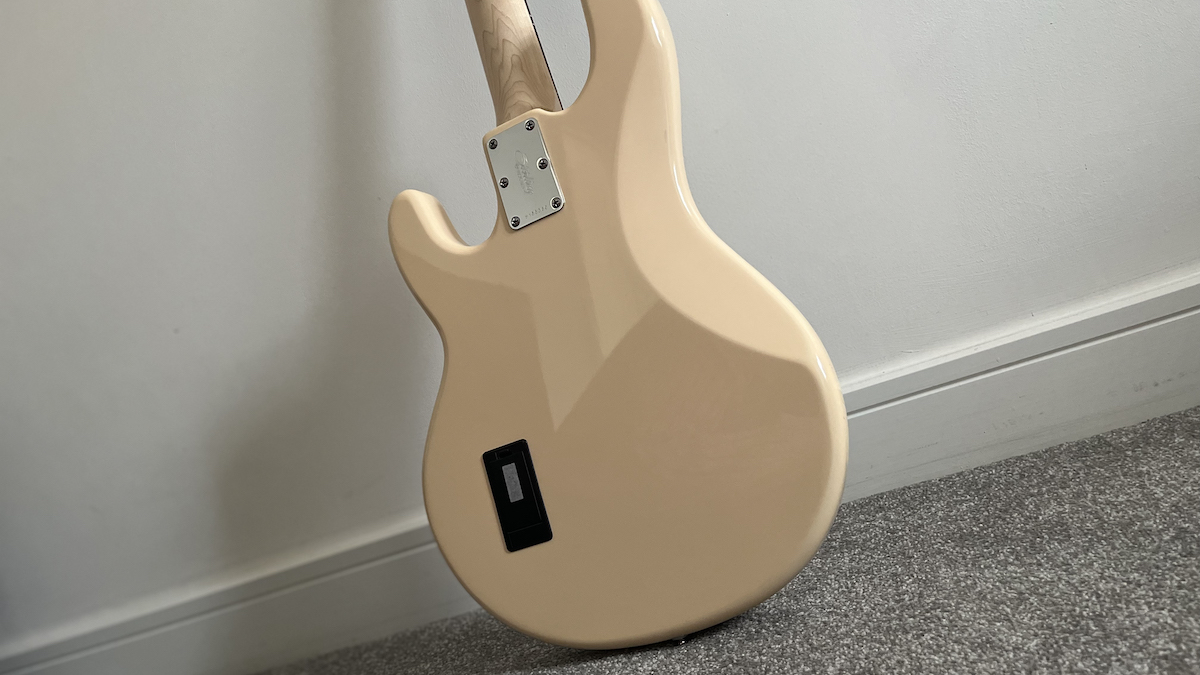
Using the active EQ controls, you can craft your ideal tone. Turning the treble right down and boosting the lows gives you a great dub sound; not too wooly so you don’t get any note definition, but mellow and thick. Turning the treble up and setting the bass at zero gives you a nice, bright sound that’s perfect for rock, funk and pop. Playing through a slightly overdriven bass amp, that slight bump in the mids helps the pickup growl and bite when you need it to. Playing clean, slapping and popping yields great results too – lots of articulation and clarity.
Whilst you’ve only got one pickup, the range of sounds you can get with the EQ control panel makes it really versatile. You can then vary the sounds more by changing up your picking dynamics – it’s really sensitive to that, but also whereabouts on the string you pluck/pick. Playing up towards the fretboard naturally mellows out the sound and playing nearer the bridge brightens it up. This all means that essentially you can get a range of different tones without touching your amp or a single pedal.
All the latest guitar news, interviews, lessons, reviews, deals and more, direct to your inbox!
Build
The build quality is also very good, especially considering its price point. All the frets are finished properly, with none protruding out where they shouldn’t, and the action was perfect for me straight out of the box. Should you want to make adjustments though, the truss rod wheel is very easily accessible via the thumb wheel at the base of the neck. The string saddles are also individually adjustable, so you can get the height and intonation perfect.
The bridge is fine; it’s not as good as what you’d get on more expensive models, but it serves its purpose and doesn’t cause any issues. All the knobs are smooth and work exactly as they should. The treble and bass knobs have a slight indentation in the middle too, so you know when they’re set flat, making it easy to cut or boost from there.
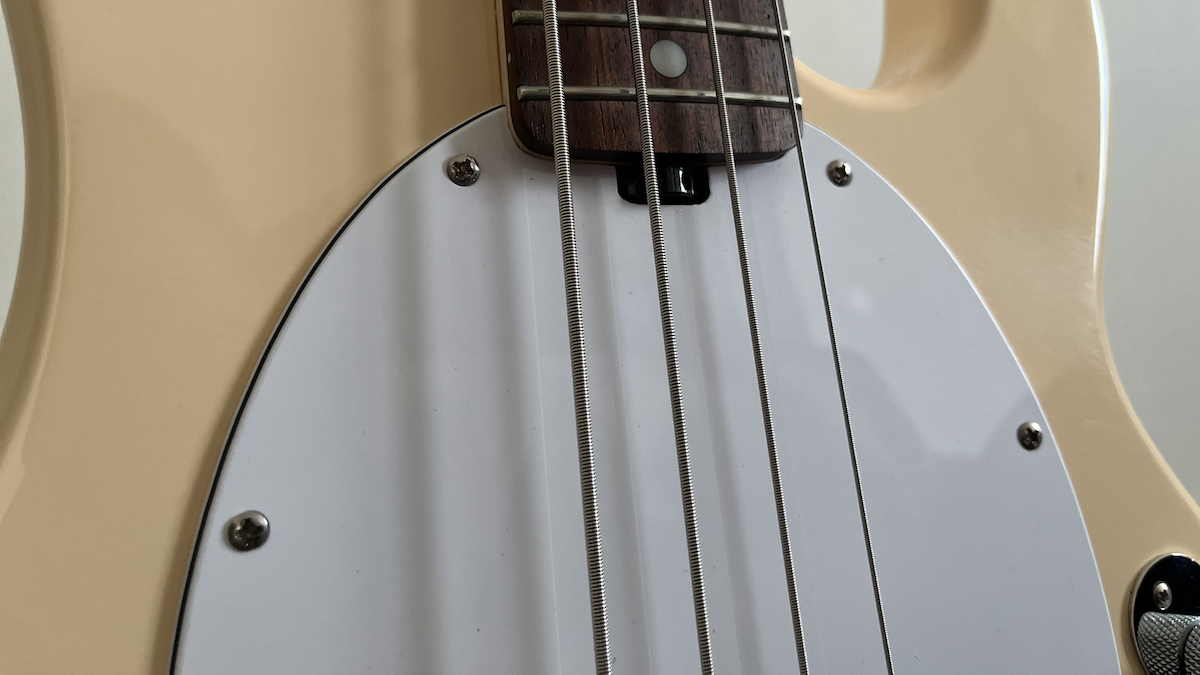
The Sterling SUB Ray4 makes for a superb beginner bass – it’s easy to play, and it sounds great. However, it’s a lot more than just a starter instrument. The bass I reviewed is actually my own, and I’ve been gigging it for a good few years and it’s never let me down.
From small clubs to Academy venues and festivals, it’s done a lot and I’ve never once thought that I needed the more expensive version for playing live with. Unless you’re regularly playing through big, super high-fidelity PA systems, the differences in tone aren’t really going to be noticed by the audience. It’s also pretty easy to upgrade the electronics in this, should you wish to do so.
When recording, I’ve used an American Stingray and it does sound better – more powerful, more definition and more punch, but for the difference in price, the Sub Ray4 really is incredible and absolutely one of, if not the best budget bass on the market.
Conclusion
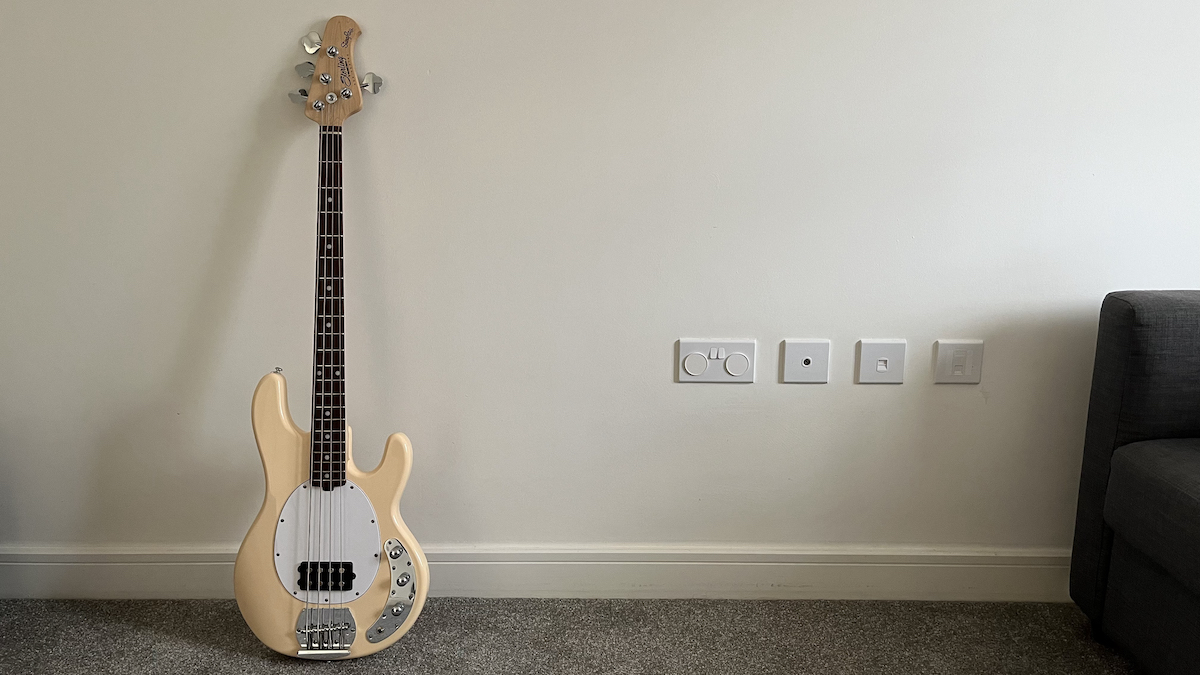
Regardless of how much it costs, this is a really good bass – the fact that it’s quite affordable is a bonus! It delivers a lot of the classic Stingray sound and it plays like a dream. The active EQ section also means you can carefully dial in your tone to suit whatever music you’re playing. Perfect for beginners and more experienced, touring musicians alike.
Specifications
- Body: Basswood/jabon
- Neck: Hard maple
- Fingerboard: Hard maple/jatoba
- Scale: 34”
- Pickup: H - 1 Ceramic Humbucker
- Electronics: Active 2-band EQ
- Finish: Pueblo Pink, Mint Green, Chopper Blue, Vintage Cream, Black, Walnut Satin, Vintage Sunburst Satin, Trans Black Satin
- Contact: Sterling by Music Man
After spending a decade in music retail, I’m now a freelance writer for Guitar World, MusicRadar, Guitar Player and Reverb, specialising in electric and acoustic guitars, bass, and almost anything else you can make a tune with. When my head’s not buried in the best of modern and vintage gear, I run a small company helping musicians with songwriting, production and performance, and I play bass in an alt-rock band.
